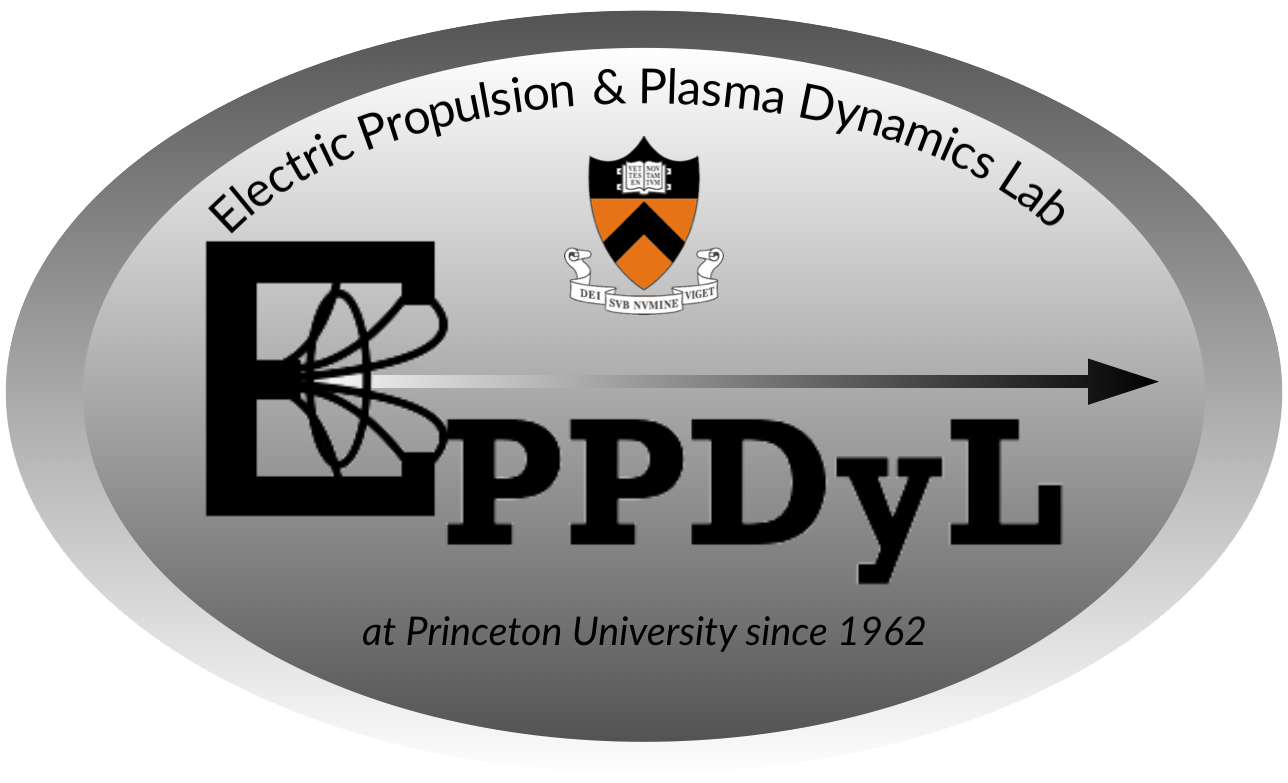The RF-Controlled Cathode: Modeling and Large-Diameter Cathode Experimental Results
Download
The RF-Controlled Cathode: Modeling and Large-Diameter Cathode Experimental Results
Abstract
A promising thermionic hollow cathode concept is investigated through both numerical modeling and experiment for application to high-power, long-lifetime electric thrusters. This new RF-Controlled Cathode concept adds radio-frequency power to a large-diameter cathode to benefit the internal plasma structure. Finite-element analysis was performed on a simplified two-dimensional model to find that with increasing RF power, the axial plasma density profile increased and its peak shifted upstream, resulting in improved emitter utilization and maximum discharge current. A mode transition which sharply pronounces these effects was found to occur due to a resonant cavity condition and a resulting increase to the reduced electric field E/n0 (the ratio of field to gas densities). Experimentally, a large-diameter cathode was tested at discharge currents of 20 to 225 A on the developmental path to RF power addition. Current-voltage characteristics and axial temperature profiles were measured across discharge currents, mass flow rates, and gas species. Measured current-voltage characteristics follow expected trends, though orifice-plate temperatures measured during operation are found to be approximately 1000 ◦C lower than the next-largest cathodes in the literature. Finally, both thermal and cathode heater design are identified as key challenges for large-diameter cathodes and relevant experimental findings are discussed
